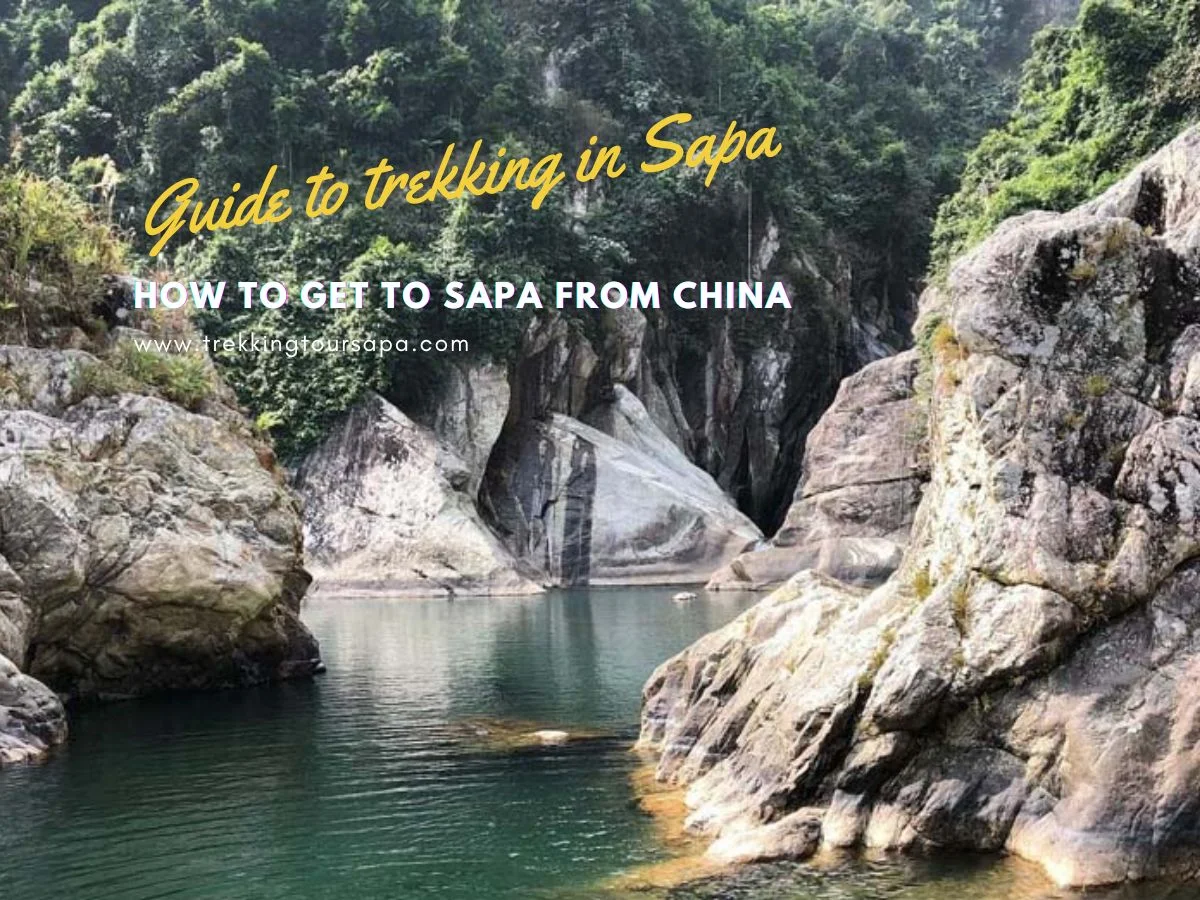Are you dreaming of escaping the hustle and bustle of China’s cities for a peaceful mountain retreat? Sapa, located in the northwest region of Vietnam, offers just that. With its lush rice paddies and towering mountains, Sapa is a popular destination for backpackers and nature lovers alike. But how do you get there from China? Don’t worry – we’ve got you covered with all the details on crossing the border and choosing the right transportation option for your journey.

Firstly, let’s talk about what makes Sapa so special. This charming town is home to several ethnic minority groups who still maintain their traditional way of life. You can hike through villages where locals wear colorful traditional clothing and practice age-old customs. The stunning landscapes are also not to be missed – imagine trekking through terraced rice fields as far as the eye can see or standing atop Fansipan, the highest peak in Indochina. So pack your bags, grab your passport, and get ready for an adventure to remember!
Table of Contents
ToggleOverview of Sapa and Its Attractions
You’re in for a treat as we explore the breathtaking scenery and cultural richness of Sapa. This mountainous region is situated in the northwestern part of Vietnam, near the border with China. It’s known for its stunning landscapes, including terraced rice paddies, lush forests, and towering mountains. If you love hiking and exploring new cultures, then Sapa should be on your travel bucket list.
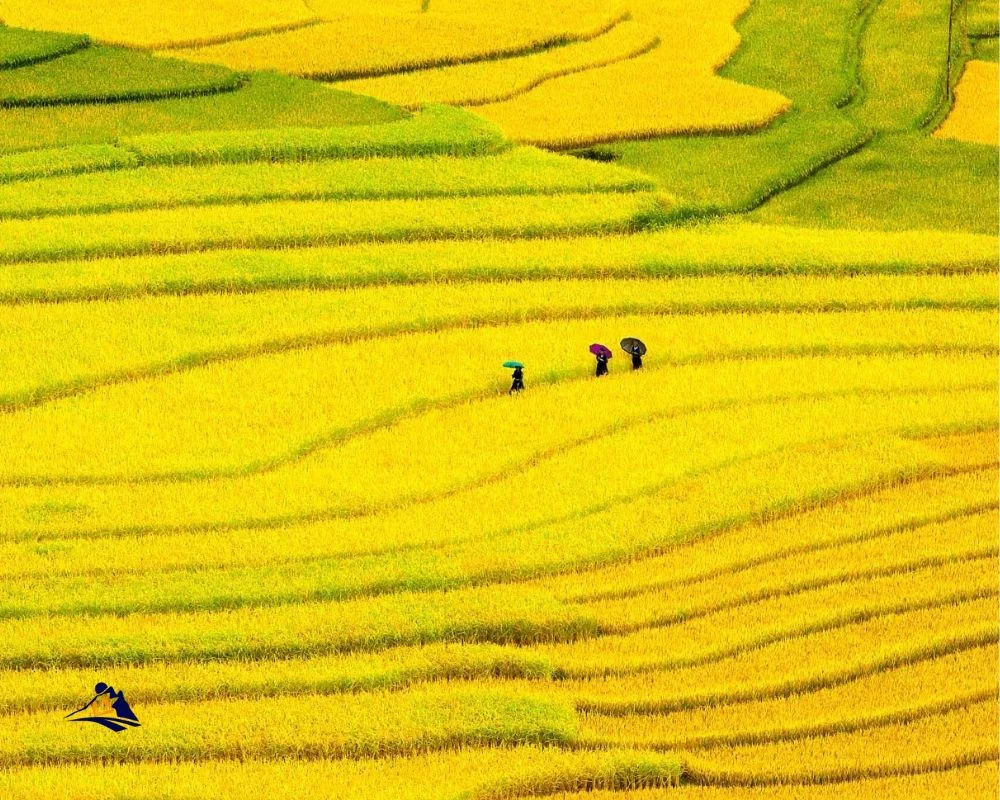
One of the highlights of Sapa is its hiking trails that allow visitors to immerse themselves in nature while also experiencing local customs. The most popular trekking routes are through Muong Hoa Valley and Fansipan Mountain. Along these trails, you’ll encounter ethnic minority communities like Hmong, Dao, Tay, and Giay who are incredibly friendly and welcoming towards tourists. You can learn about their lifestyles by visiting their homes or joining them for traditional meals. These cultural experiences make Sapa an unforgettable destination that will stay with you long after your trip ends. Now let’s talk about how to get there from China by crossing the border at Lao Cai.
Crossing the Border at Lao Cai
Crossing the border at Lao Cai can be a bit of an adventure, with bustling markets and stunning views of the mountains. Before you go, make sure you have all the necessary documents for border crossing procedures. This means having your passport and visa in order, as well as any other relevant paperwork that may be required.
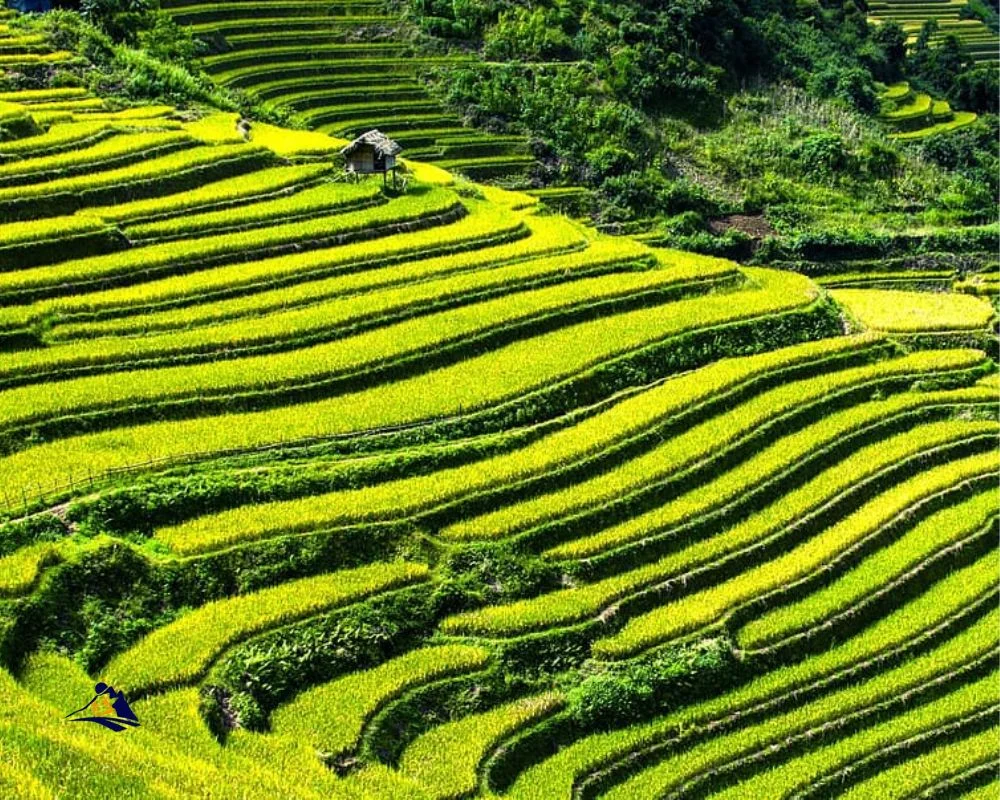
Once you’ve crossed the border into Vietnam, there are several local transportation options available to get you to Sapa. The most popular option is taking a bus from Lao Cai to Sapa, which takes about an hour and offers breathtaking views of the countryside along the way. Alternatively, if you’re feeling adventurous and want to experience more of the local culture, consider hiring a motorbike or taking a shared taxi. Either way, once you arrive in Sapa, you’ll find yourself surrounded by some of the most beautiful scenery in Southeast Asia.
Taking the Bus to Sapa
If you’re looking for a comfortable and scenic way to travel from Lao Cai to the stunning mountain town of Sapa, taking the bus is a fantastic option. There are several bus companies that operate between Lao Cai and Sapa with varying schedules, so make sure to research beforehand. You can find bus schedules online or at ticket counters around Lao Cai.
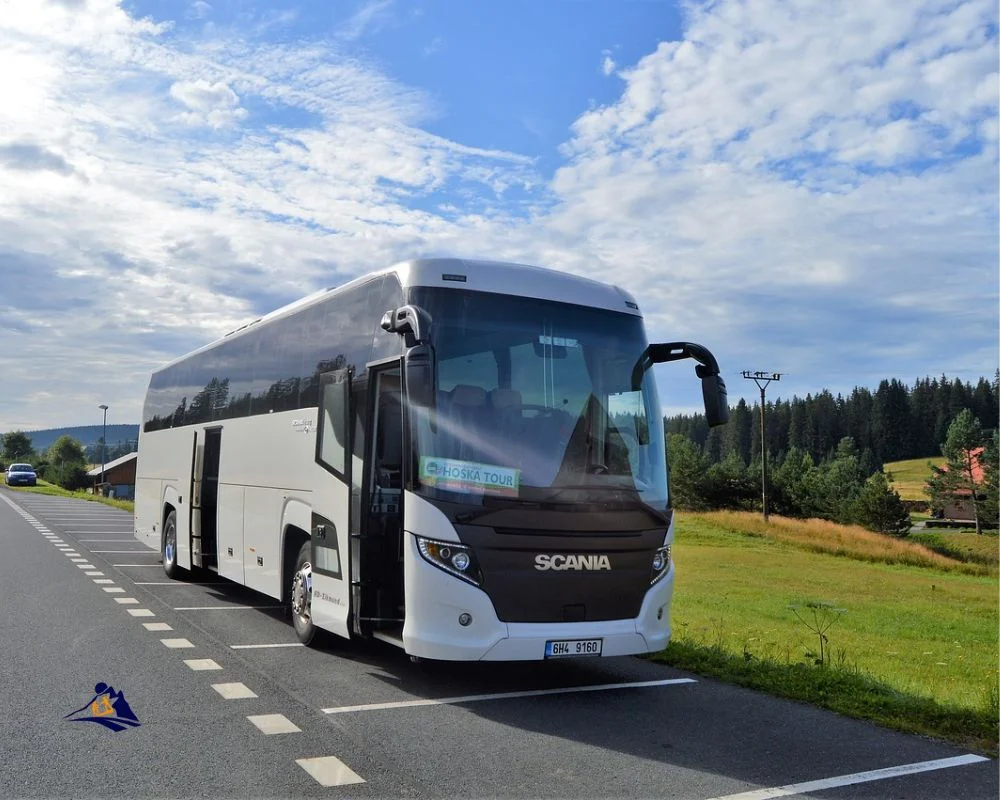
Ticket prices also vary depending on the type of bus and company you choose. Generally, standard buses cost around 50,000 VND ($2) while luxury buses can cost up to 300,000 VND ($13). Keep in mind that some buses may not have air conditioning or may be quite crowded during peak tourist season. However, taking the bus is still one of the most affordable options for getting to Sapa from Lao Cai. With this in mind, let’s move onto step two: Taking the train to Sapa.
Taking the Train to Sapa
Taking a leisurely train ride to the mountain town of Sapa is a great way to enjoy stunning scenery and comfortable travel. Train schedules and ticket prices can vary depending on your starting point in China, but generally speaking, you’ll want to look for trains that depart from major cities like Hanoi or Lao Cai. These routes will give you access to some of the most beautiful parts of Vietnam as you make your way towards Sapa.
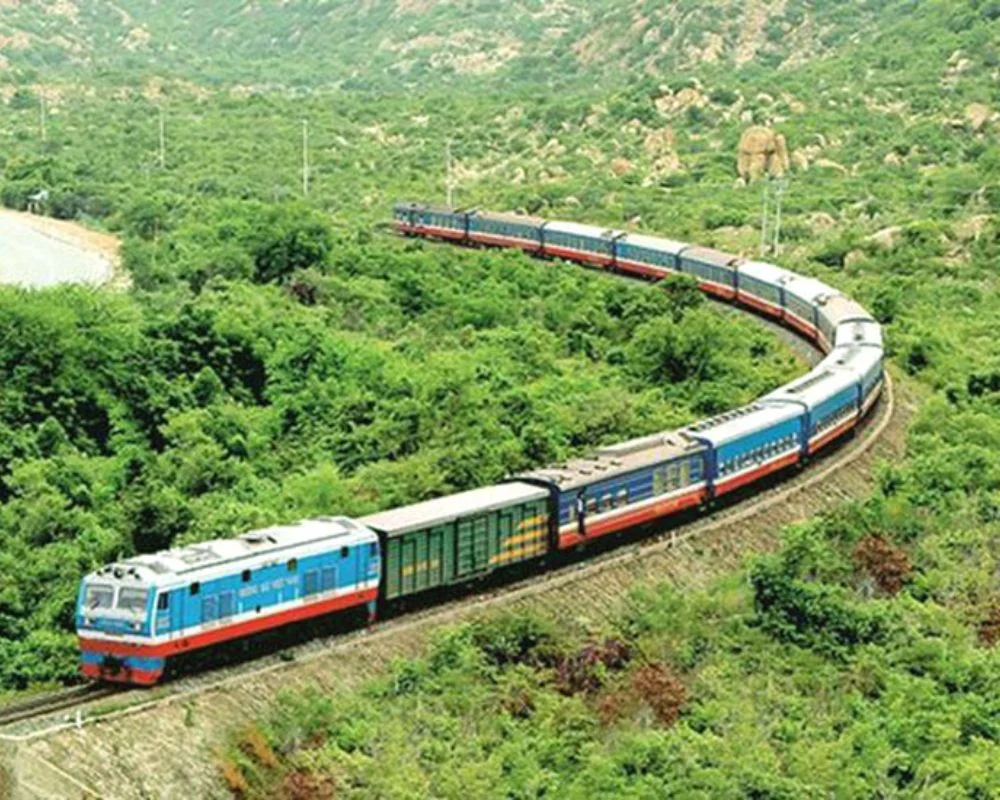
Ticket prices can range from budget-friendly options all the way up to luxury sleeper cars with added amenities like private bathrooms and personal entertainment screens. No matter which option you choose, be sure to book your tickets well in advance as trains can fill up quickly during peak travel seasons. Once you arrive at the Lao Cai station, there are plenty of taxis and buses available to take you the rest of the way into Sapa. Choosing the right transportation option is key when planning your trip, so make sure to do your research before making any final decisions.
Choosing the Right Transportation Option
Opting for the appropriate mode of transportation is crucial when planning your journey to the charming mountain town of Sapa. Before making any decisions, you need to check if you have all necessary travel documents and are aware of border regulations between China and Vietnam. If you prefer a budget-friendly option, taking a sleeper bus from Hanoi or Lao Cai might be a good choice. The cost comparison shows that taking a sleeper bus is cheaper than hiring a private car or booking an organized tour. However, keep in mind that this option may take longer and can be less comfortable than other modes of transportation.
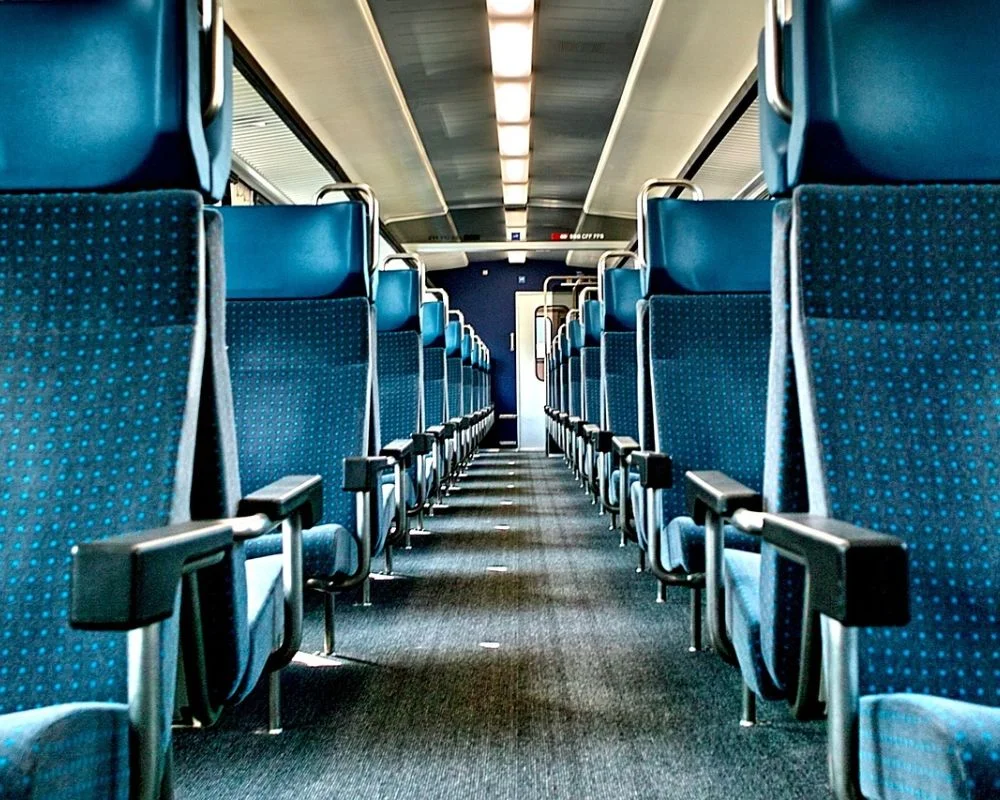
If time efficiency is your priority, it’s best to take the train from Hanoi to Lao Cai as it offers more comfort and convenience during your journey. From Lao Cai station, you can take a shared taxi or motorbike ride to Sapa which takes around 45 minutes. Another option is hiring a private car or joining an organized tour which provides more flexibility but comes with higher costs compared to other options. Whatever mode of transportation you choose, make sure you have everything packed accordingly for your adventure in Sapa.
Packing Tips and Essentials
Before you set off on your journey to Sapa, make sure you’ve packed all the essentials and follow these packing tips to ensure a comfortable and enjoyable trip. First, don’t forget to bring travel insurance. While it’s unlikely that anything will happen during your trip, having insurance will give you peace of mind knowing that you’re covered in case of an emergency. Additionally, exchange some local currency before leaving China as not all places in Sapa accept credit cards or foreign currencies.
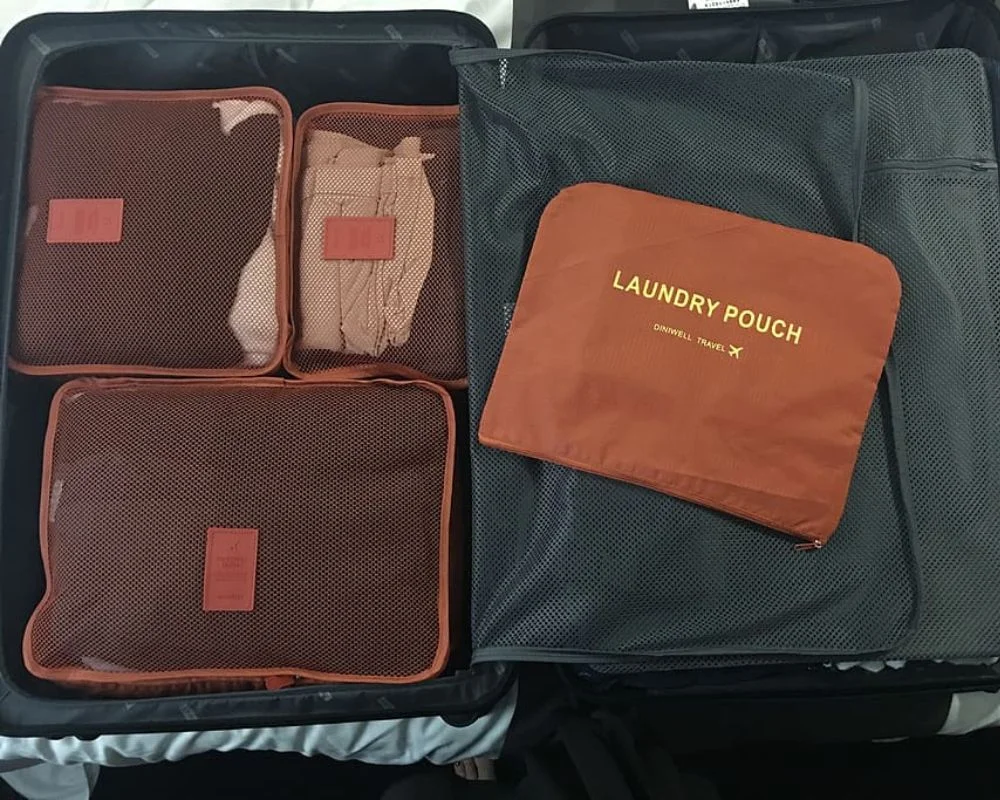
When it comes to packing for Sapa, it’s important to remember that the weather can be unpredictable. Bring layers so you can easily add or remove clothing depending on the temperature. You’ll also want sturdy hiking shoes as many of the activities in Sapa involve walking or hiking through nature trails. Other essential items include sunscreen, insect repellent, a first-aid kit, and a reusable water bottle. By following these tips and packing smartly, you’ll be ready for anything that comes your way during your adventure in Sapa.
As important as packing is safety and health considerations when traveling abroad. Make sure to read up on potential dangers such as petty crime or altitude sickness if you plan on doing any mountain trekking. Stay informed about any current events happening in Vietnam and always keep an eye on your belongings while out exploring the town. Remember to stay hydrated and take breaks when needed – after all, this is a vacation!
Safety and Health Considerations
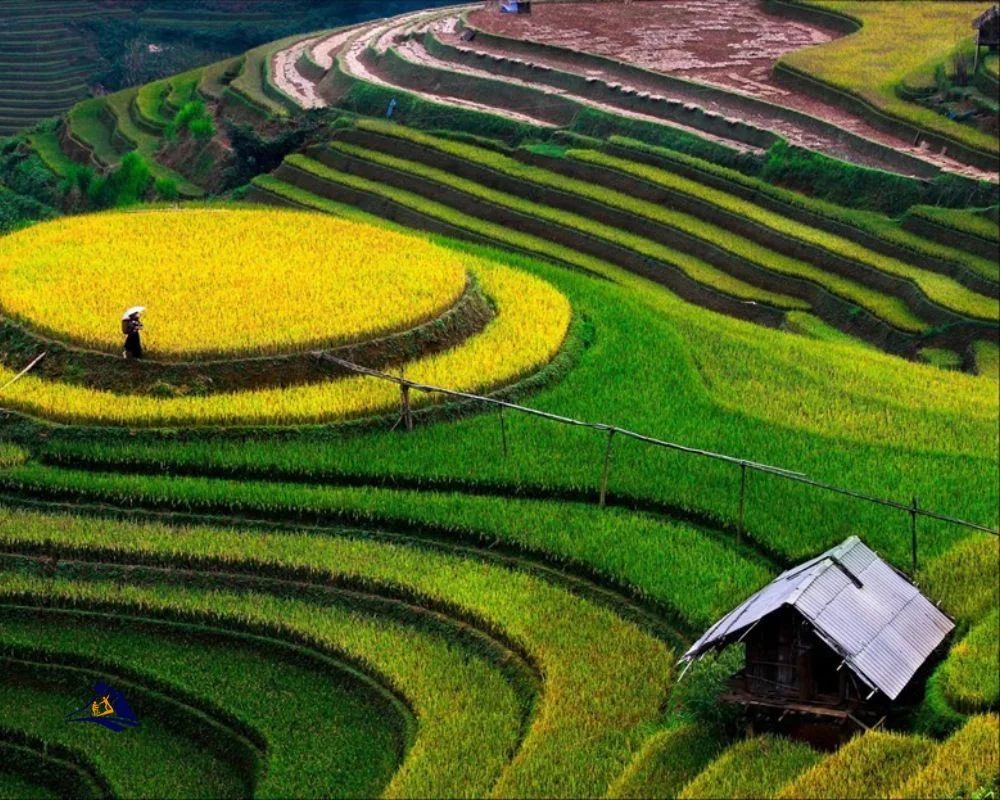
1) When traveling to Sapa from China, it’s important to consider altitude sickness and prevention. At an elevation of over 1,600 meters, the body can experience symptoms such as headaches, nausea, and shortness of breath. To prevent this, you should stay hydrated, avoid alcohol and cigarettes, and take it easy on physical activity for the first few days.
2) Another important aspect of safety and health considerations is food and water safety. While delicious street food may be tempting, it’s important to exercise caution when choosing what to eat in order to prevent gastrointestinal issues. Stick with reputable restaurants or vendors with high turnover rates for fresh ingredients.
3) Lastly, be sure to pack any necessary medications or first aid supplies before embarking on your journey. This includes items like pain relievers for altitude sickness headaches or digestive aids for potential stomach issues. By being prepared ahead of time and taking precautions during your trip, you can ensure a safe and healthy journey from China to Sapa.
Altitude sickness and prevention
If you’re planning on traveling to high altitudes, it’s important to understand the symptoms of altitude sickness and take necessary precautions to prevent it. Altitude sickness occurs when your body is not able to adjust quickly enough to the decrease in oxygen levels at high altitudes. Symptoms include headache, nausea, dizziness, fatigue, and shortness of breath. In severe cases, altitude sickness can lead to fluid buildup in the lungs or brain swelling.
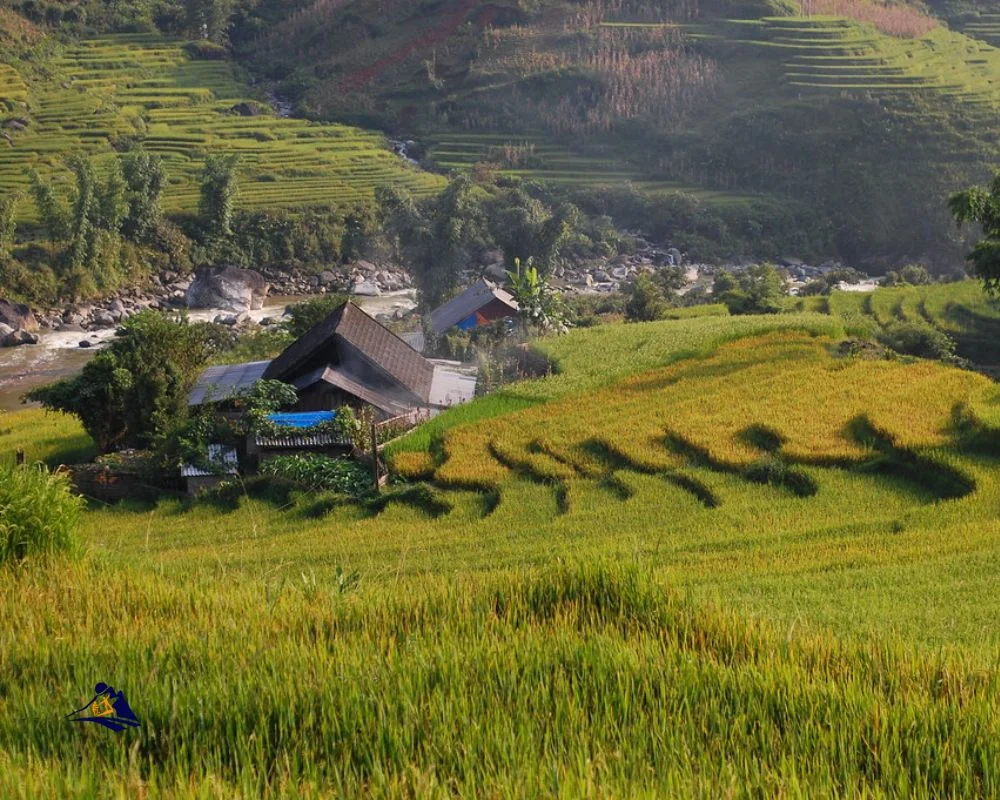
To prevent altitude sickness, there are several prevention methods you can follow. Gradual acclimatization is key – don’t ascend more than 500m per day once you reach elevations above 2500m. Stay hydrated by drinking plenty of fluids (at least three liters per day) and avoid alcohol and caffeine which can dehydrate you. If symptoms do occur, descend immediately if possible or seek medical attention for treatment with medications such as acetazolamide or dexamethasone. By taking these preventative measures, you’ll be able to enjoy your trip without worrying about the effects of altitude sickness.
As important as it is to protect yourself from altitude sickness during your travels in Sapa from China; food and water safety should also be a priority.
Food and water safety
It’s crucial to prioritize food and water safety while traveling at high altitudes, so be sure to take necessary precautions. To start with food precautions, it’s advisable to avoid raw or undercooked meats, eggs, and vegetables that may have been contaminated during preparation or storage. Stick to hot and freshly cooked meals from trusted vendors. Avoid street food as much as possible unless you can be certain of the hygiene standards.
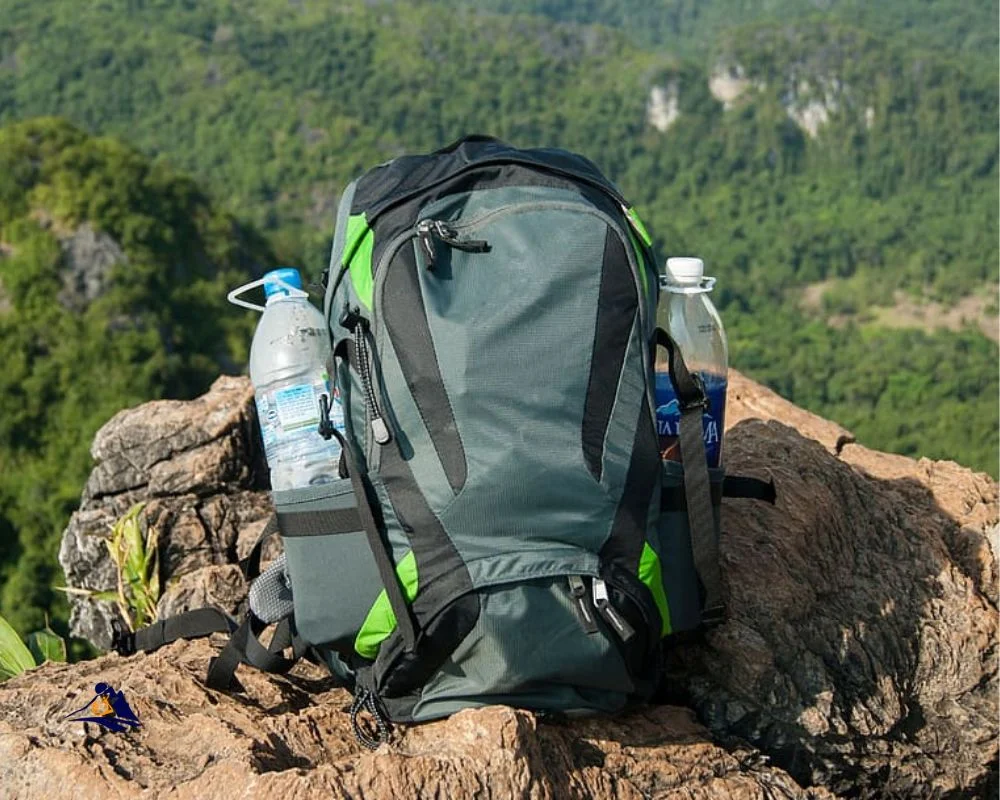
Water purification is also essential in preventing illness caused by contaminated water sources. In areas like Sapa, where clean drinking water can be scarce, it’s best to bring a reliable water filtration device or purifying tablets to ensure safe drinking water throughout your trip. With these precautions in place, you can enjoy your stay in Sapa without worrying about falling ill due to unsafe food or water practices.
Enjoying Your Stay in Sapa
You’re going to love exploring the charming villages and stunning rice terraces that surround this beautiful mountain town, while indulging in delicious local cuisine and meeting friendly locals. Here are some tips to make the most of your stay in Sapa:
- Go on a hike – There are numerous hiking trails available for all levels of fitness. You can explore the lush green forests, cascading waterfalls, and breathtaking panoramic views of the valley. Make sure you wear comfortable shoes, bring enough water, and pack some snacks.
- Visit local markets – The colorful Sunday market is a must-visit where you can find traditional handicrafts such as embroidered purses, scarves, and silver jewelry made by ethnic minority groups in the area. You can also sample some delicious street food like pho noodles or grilled meat skewers.
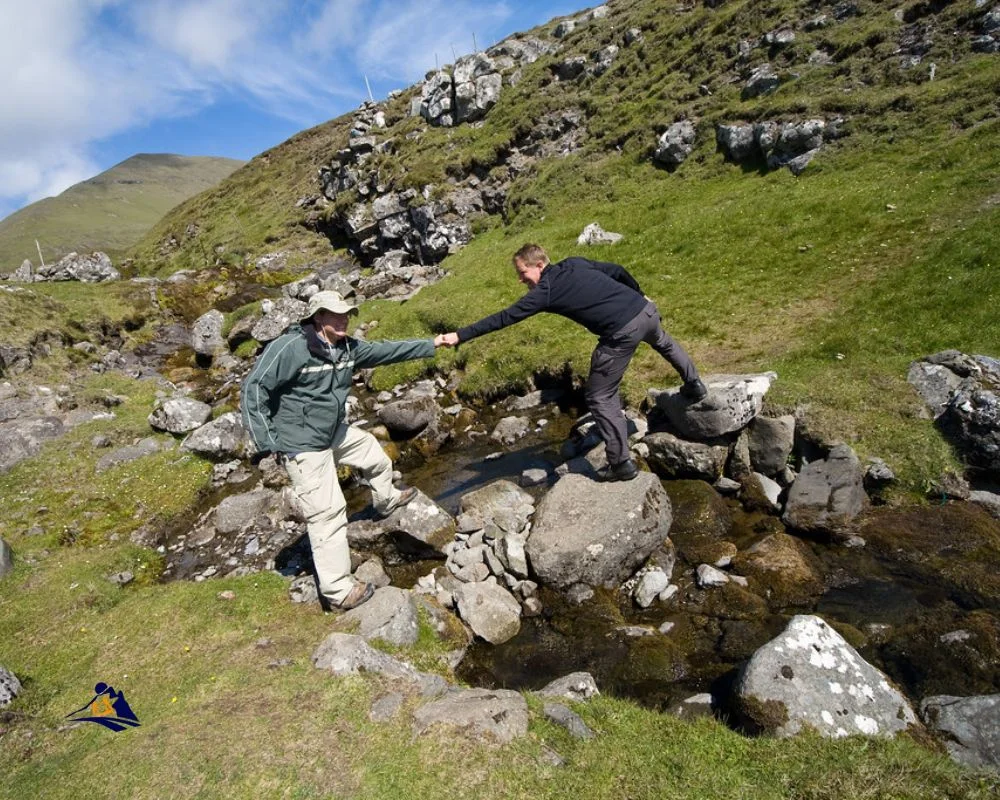
Sapa offers an authentic cultural experience that will leave you feeling refreshed and inspired. Whether it’s strolling through picturesque villages or trekking through verdant rice fields, there’s something here for everyone to enjoy!
How To Get To Sapa From China Frequently Asked Questions
What documents and permits are required to cross the border from China to Vietnam at Lao Cai?
If you’re planning to cross the border from China to Vietnam at Lao Cai, it’s important to be aware of the border regulations and visa requirements. To enter Vietnam, you’ll need a visa in advance or a pre-arranged approval letter for a visa on arrival. Make sure to have all necessary documents ready before you arrive at the border checkpoint. You’ll also need to fill out an entry/exit form and pay a fee for the visa stamping process. Be prepared for potential delays and long wait times during peak travel seasons. It’s crucial to follow all rules and regulations set forth by both countries in order to ensure a smooth border crossing experience.
Are there any direct flights from China to Sapa?
Looking to get to Sapa from China? Unfortunately, there are no direct flights available. However, there are alternative transportation modes that you can consider. One option is taking a flight to Hanoi or Ho Chi Minh City in Vietnam and then taking a train or bus to Sapa. Another option is taking a bus from Kunming in China to Hekou, crossing the border into Lao Cai, and then taking a shuttle or taxi to Sapa. While flying may seem like the easiest option, exploring alternative transportation modes can add an element of adventure and excitement to your journey. So why not step out of your comfort zone and try something new?
What is the best time of year to visit Sapa?
The best time to visit Sapa is in the months of September and October. The Sapa weather during these months is cool, dry, and perfect for trekking through the region’s lush green hills and valleys. During this season, you can also witness the rice terraces turning golden yellow as they reach maturity. Apart from stunning landscapes, Sapa has a lot of tourist attractions to offer such as local markets, ethnic villages, waterfalls, and more. Whether you’re looking for adventure or relaxation, Sapa is an excellent destination that will satisfy your desires for freedom.
How long does the journey from China to Sapa take by train?
When traveling by train from China to Sapa, the journey can take anywhere from 8-12 hours depending on the route. However, comfort levels on trains can vary greatly so it’s important to do your research before booking. Additionally, be prepared for rigorous border security checks as you cross into Vietnam. Despite these potential challenges, the freedom of travel by train allows for a unique and immersive experience that cannot be replicated by other modes of transportation. So sit back, relax, and enjoy the journey as you make your way towards the beautiful mountain town of Sapa.
What are some recommended trekking routes in Sapa?
If you’re looking for an adventure in Sapa, there are plenty of trekking routes to choose from. One option is to stay at a popular homestay and let your local Hmong guide take you on a multi-day trek through the rice paddies and mountains. The Ta Van village is a great place to start, with several homestays offering comfortable accommodations and authentic meals made by locals. From there, your guide can lead you through the Muong Hoa Valley or up to Fansipan Peak, the highest mountain in Indochina. With breathtaking views and cultural experiences along the way, these treks are perfect for those who crave freedom and exploration.
Conclusion
Congratulations, you’re now ready to travel from China to Sapa! With a plethora of transportation options available, you can easily cross the border at Lao Cai and make your way to this beautiful mountain town. Whether you prefer taking the bus or train, be sure to choose the option that best suits your needs and budget.
Don’t forget to pack light but bring all the essentials for your trip. Remember, safety should always be a priority, so take necessary precautions and keep yourself informed about health considerations in the area. With these tips in mind, you’ll surely enjoy exploring Sapa’s stunning scenery and immersing yourself in its rich culture. Have an unforgettable adventure!
